Grand Slam Opera (1936) Online
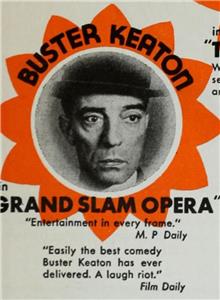
Elmer Butts leaves his small Arizona town for New York where he has decided to try his luck on a radio amateur show. The trouble is that, though not without talent, Elmer is a very clumsy fellow with a knack for being off the mark and putting himself in impossible situations. To begin with, he arrives late at the studio and he has to wait a whole week before the next broadcast. Which leaves him extra time to rehearse but he blunders once more in annoying the girl in the room below, which is all the more regrettable as he is smitten with her. When the great day comes, he announces a... juggling act! Not really radio-friendly, is it? To cap it all he creates havoc among the musicians and incurs the band leader's wrath. In these conditions, Elmer's career is bound to be short-lived!
| Cast overview: | |||
| Buster Keaton | - | Elmer Butts | |
| Diana Lewis | - | The Girl Downstairs | |
| Harold Goodwin | - | Band Leader | |
| John Ince | - | Col. Crowe | |
| Melrose Coakley | |||
| Bud Jamison | - | Arizona Sheriff |
The film includes a song, "Goodbye Elmer," set to the tune of George M. Cohan's "So Long, Mary." Educational refused to pay for the rights, so Keaton bought them for $300 out of his own pocket.
Educational Films No. 6111.



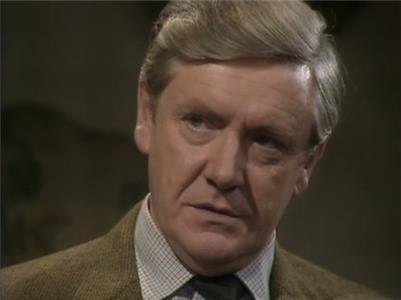
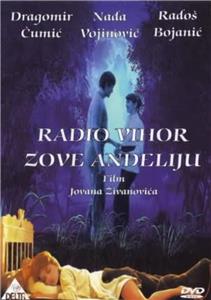

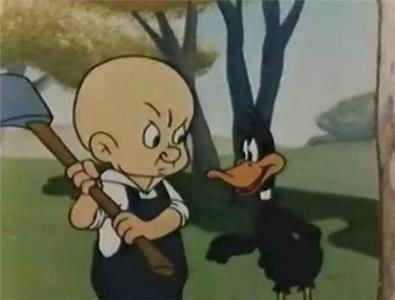
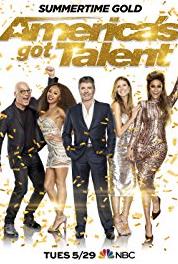
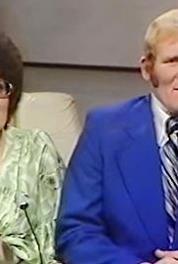
User reviews